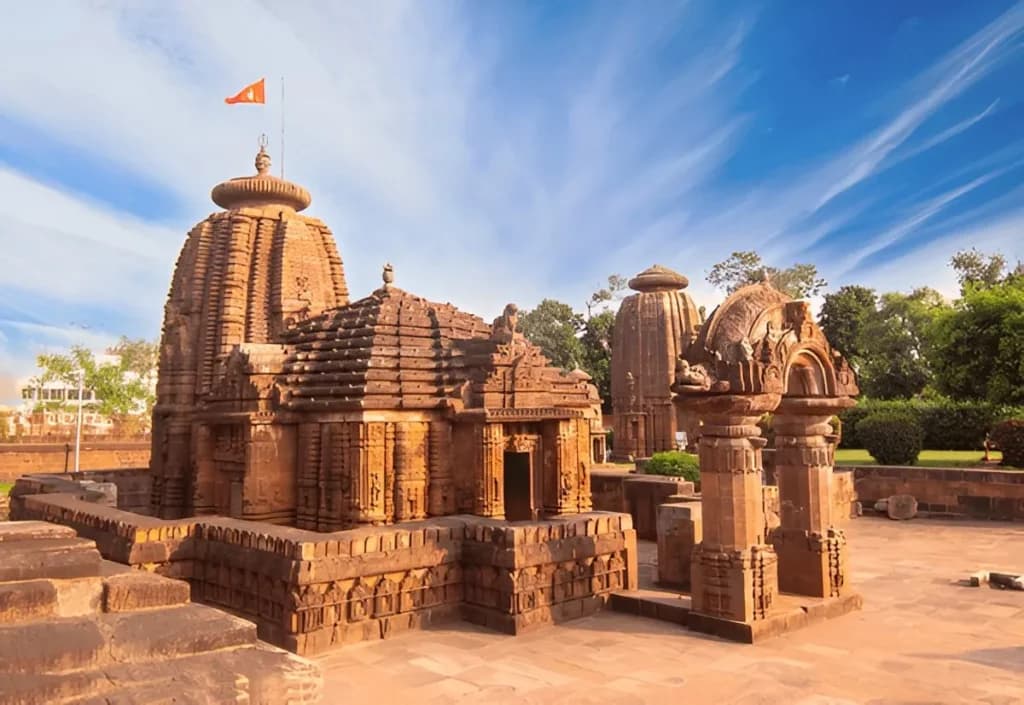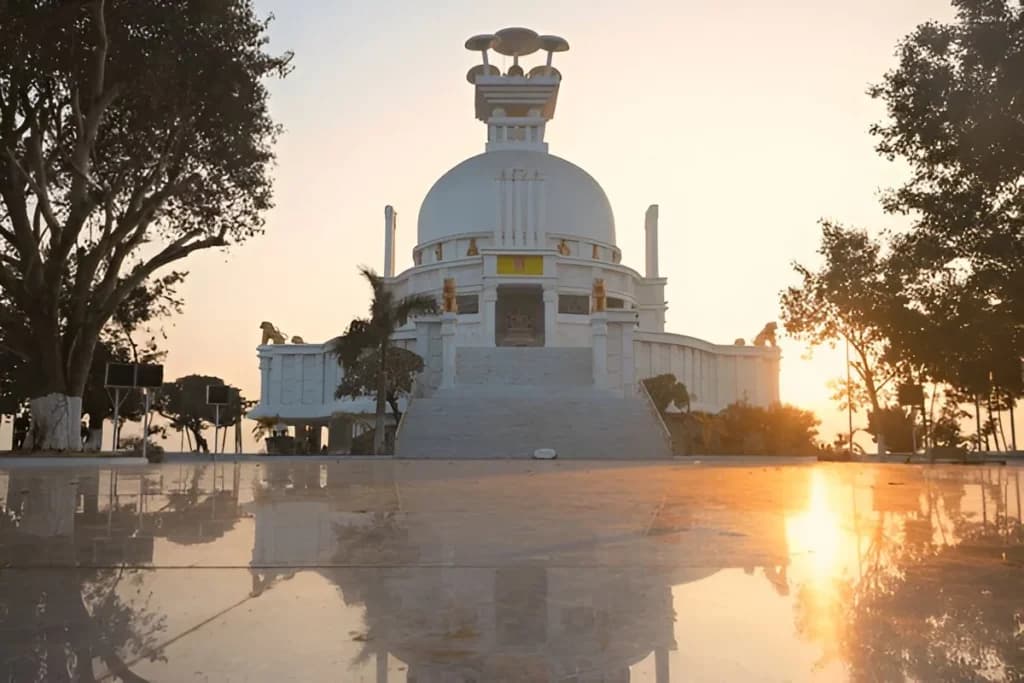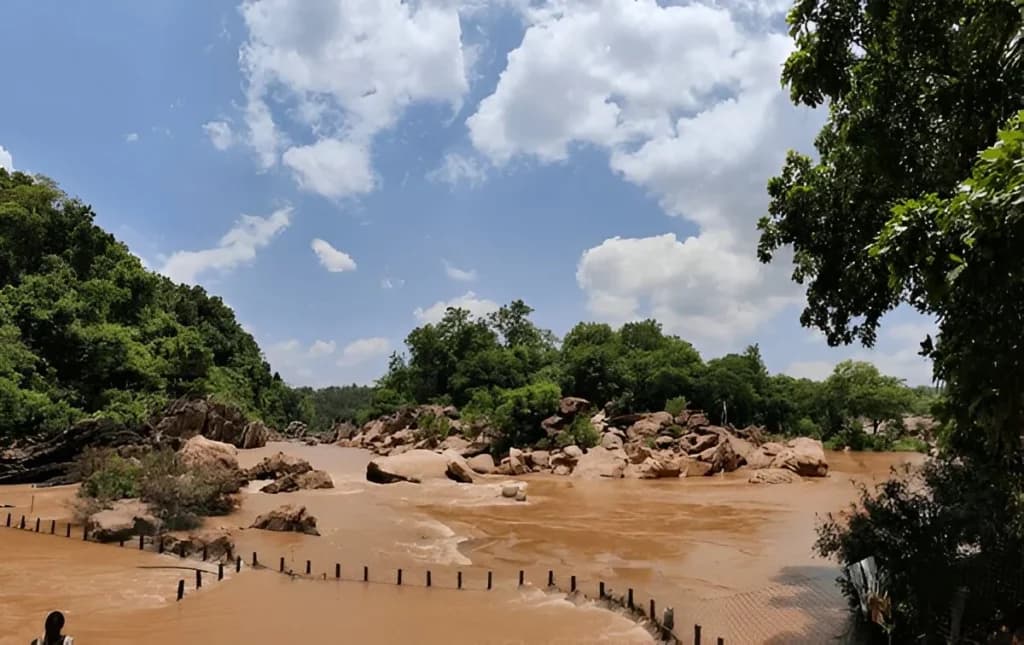
The history of Odisha is as fascinating as its landscapes – a story of ancient kingdoms, magnificent temples, maritime trade, and spiritual evolution. Once known as Kalinga, this land has witnessed the rise of mighty empires and the transformation of hearts, like that of Emperor Ashoka after the famous Kalinga War. Every monument, dance form, and festival in Odisha whispers tales from its glorious past. From the architectural brilliance of the Konark Sun Temple to the living spirituality of Jagannath Puri, the state beautifully preserves its ancient soul while embracing modernity. Exploring this region through well-designed Odisha tour packages allows travellers to experience the art, architecture, and legends that define one of India’s most culturally rich destinations.

The history of Odisha dates back to prehistoric times, with archaeological findings in sites such as Kuchai and Mayurbhanj revealing human settlements that date back to the Stone Age. Known as Kalinga in ancient records, Odisha developed as a prominent centre for trade and maritime activity. Early seafarers from Kalinga sailed across the Bay of Bengal to establish trade with Sri Lanka and Southeast Asia. This deep connection with the sea has shaped Odisha’s cultural identity, which is celebrated in festivals like Boita Bandana, honouring ancient sailors who ventured into distant lands.

One of the most defining chapters in the history of Odisha is the legendary Kalinga War of 261 BCE. The fierce battle between the Kalinga Kingdom and Emperor Ashoka of the Mauryan Empire changed Indian history forever. Moved by the immense loss of life, Ashoka renounced violence and embraced Buddhism. This transformation made Odisha one of the early centres of Buddhist learning. Visitors today can explore Dhauli Hills near Bhubaneswar, where Ashoka’s rock edicts still stand – silent witnesses to an emperor’s journey from conquest to compassion.

During the post-Mauryan era, Kalinga flourished as a major maritime power. Its sailors navigated the seas, establishing trade and cultural links with countries like Java, Bali, and Sumatra. The history of Odisha during this period showcases the state’s global influence in art, religion, and commerce. Festivals such as Bali Yatra, held in Cuttack, commemorate these ancient voyages, offering travellers a glimpse into Odisha’s adventurous seafaring past. The coastal heritage towns and ports like Tamralipta and Manikpatna remain symbols of this glorious age of exploration.

The medieval period marks a golden era in the history of Odisha, renowned for the rise of the state’s unique temple architecture. Rulers of the Somavamsi and Eastern Ganga dynasties built magnificent temples like Lingaraja Temple in Bhubaneswar, Jagannath Temple in Puri, and the world-famous Konark Sun Temple. These architectural marvels, adorned with intricate carvings and artistic mastery, represent the zenith of the Kalinga style. Today, they not only attract devotees but also art and history enthusiasts from across the world.

Beyond its architecture, the history of Odisha shines through its vibrant cultural traditions. The medieval period witnessed the rise of Odissi- one of India’s oldest classical dance forms- along with the flourishing of Pattachitra paintings and classical literature. Poet-saint Jayadeva, who composed the divine Gita Govinda, hailed from Odisha, leaving an indelible mark on Indian art and music. Travellers exploring Puri or Raghurajpur crafts village can witness this living heritage in the form of traditional performances and handmade art.

The British period brought a new chapter to the history of Odisha, as the region became part of the Bengal Presidency. Despite colonial rule, Odisha preserved its cultural identity and played a significant role in India’s independence movement. Freedom fighters like Veer Surendra Sai from Sambalpur led uprisings against British dominance. The modern state of Odisha was officially formed in 1936, marking a proud moment of unity and identity for Odia-speaking people. Heritage landmarks in Cuttack and Sambalpur still narrate stories of courage and resistance.

In contemporary times, the history of Odisha continues to evolve with a balance between tradition and progress. Bhubaneswar, now the state capital, was India’s first planned city post-independence and stands as a symbol of modern architecture blending seamlessly with ancient heritage. Festivals like the Rath Yatra in Puri attract millions of pilgrims each year, while eco-tourism initiatives in Chilika Lake and tribal regions offer travellers a unique connection with Odisha’s natural and cultural roots. The state’s growing tourism infrastructure ensures that every visitor experiences its glorious past in comfort and style.
The history of Odisha is not just a collection of dates and dynasties- it is a living journey that continues through its temples, festivals, and people. Every stone in the ancient cities of Bhubaneswar, Konark, and Puri tells a story of devotion, artistry, and resilience. Whether you are a history enthusiast, culture lover, or spiritual seeker, Odisha welcomes you with open arms and timeless tales. By creating a well-curated itinerary, travellers can witness the evolution of this enchanting land- from the mighty Kalinga Empire to the vibrant state it is today.
1. What is the old name of Odisha?
A. The old name of Odisha was Kalinga, later known as Utkala and Orissa, before being officially renamed Odisha in 2011. In ancient times, Kalinga was a prosperous maritime kingdom famous for its trade and cultural exchanges with Southeast Asia.
2. What is the ancient history of Odisha?
A. The ancient history of Odisha dates back to the Kalinga Empire, known for its maritime trade, temples, and art. The Kalinga War in 261 BCE changed Emperor Ashoka’s life, making Odisha a center of Buddhism. Later dynasties enriched its culture, architecture, and literature.
3. Who was the first king of Odisha?
A. King Kharavela of the Mahameghavahana dynasty is regarded as the first great ruler of Odisha. He was known for his military victories, administrative reforms, and patronage of Jainism and art, leaving behind the iconic Udayagiri and Khandagiri cave inscriptions near Bhubaneswar.
4. Who discovered Odia?
A. The Odia language was not discovered but evolved naturally from the Odra-Magadhi Prakrit. Its earliest known inscriptions date back to the 10th century. Sarala Das, a 15th-century poet, is considered the father of Odia literature for composing the Mahabharata in the local tongue.
5. Who is the queen of Odisha?
A. Queen Tribhuvana Mahadevi, known as the “Regent Queen of Odisha,” ruled during the Bhaumakara dynasty in the 9th century. She played a crucial role in promoting Buddhism and temple construction, marking a golden period in the cultural and political history of Odisha.